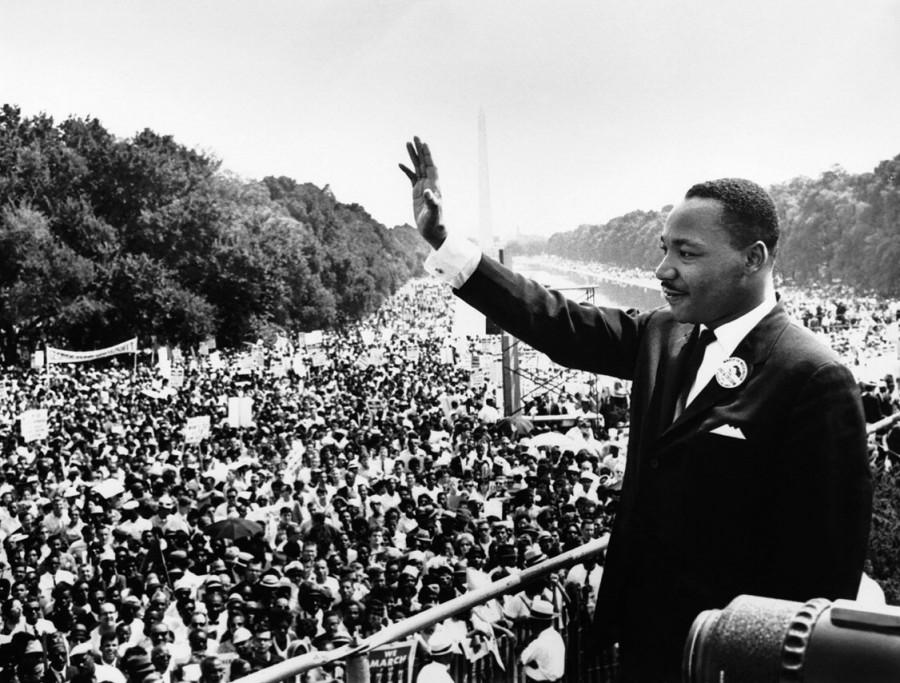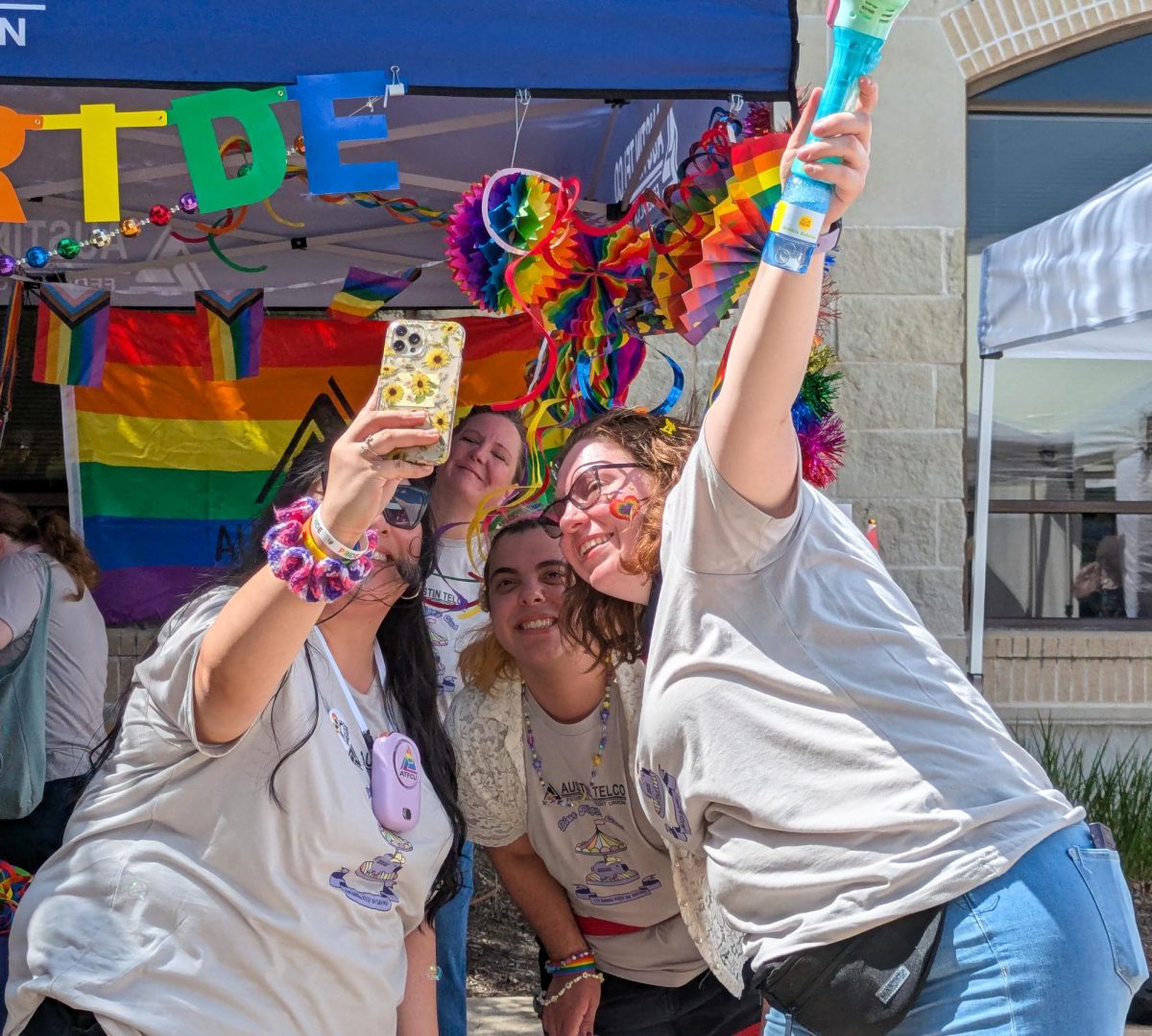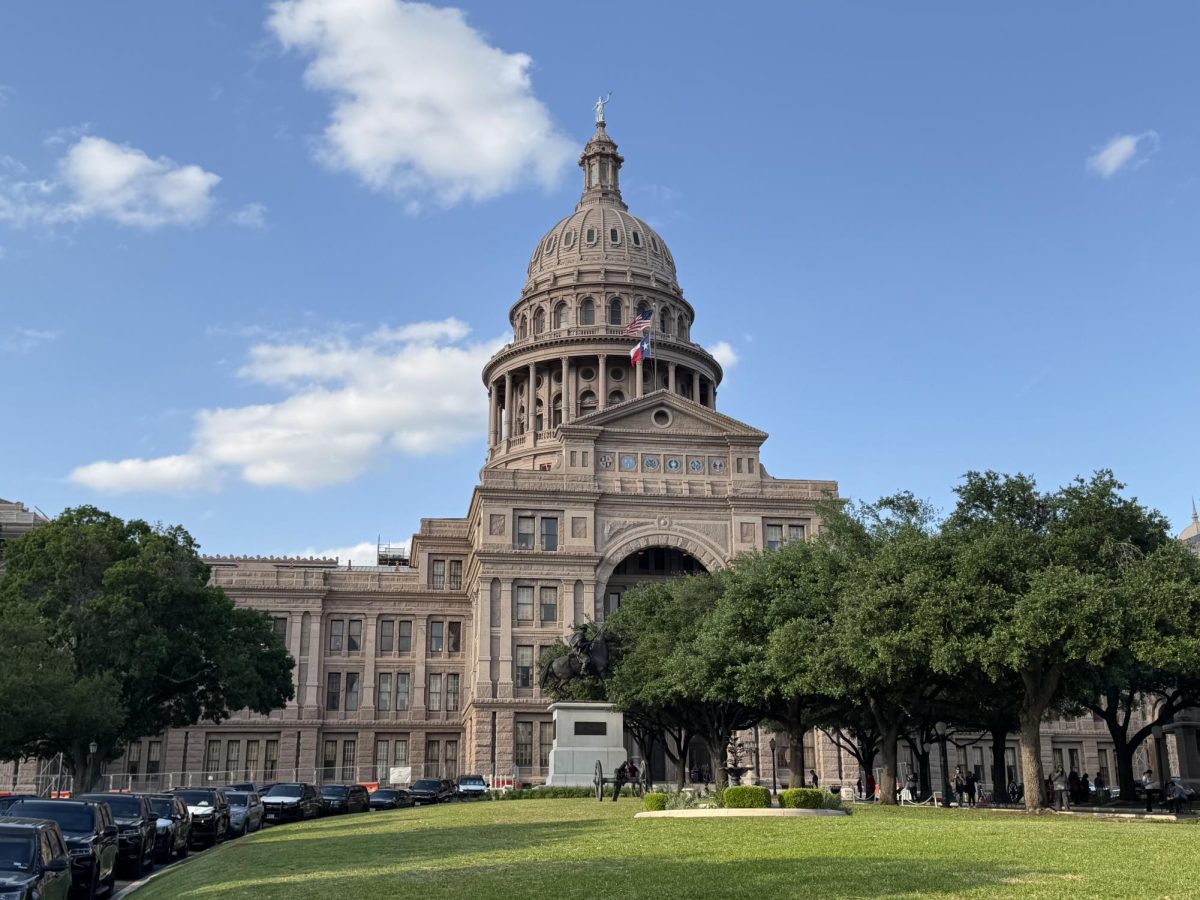On Jan. 18, schools took a day off honoring Martin Luther King, Jr., a leader in the Civil Rights Movement. The day is annually marked on the third Monday of January.
King was born on Jan. 15, 1929 in Atlanta, Georgia. As he grew older, he was a very smart student, skipping two grades and entering Morehouse College at the age of 15. There he was a good student but lacked motivation. In his junior year, King took a Bible class and renewed his faith, as he had always questioned his religion, unlike the rest of his family. King earned a Sociology degree before moving on to Crozer Theological Seminary in Pennsylvania, where he was the Valedictorian of his class. Later, King met Coretta Scott, whom he married. They had four children.
Two years after his marriage, on Dec. 1, 1955, civil rights activist Rosa Parks refused to give up her seat on a Montgomery, Ala. bus to a white man. She was arrested and found guilty. However, Rosa wasn’t the only one to defy injustice. Months before her arrest, a 15 year old girl named Claudette Colvin had also refused to give up her seat to a white passenger. Inspired by Claudette’s courage, Parks didn’t move from her seat on Dec. 1. The night of her arrest, several civil rights activists met to organize a boycott of the buses. King was voted to lead the boycott. After 382 days, Montgomery lifted the law requiring public segregated transportation.
In 1957, King met with ministers and civil rights activists to found the Southern Christian Leadership Conference (SCLC). The goal: to organize non-violent protests to call for civil reform. The SCLC also held 20 large meetings in important southern cities to register African-American voters.
Two years later, King visited the birthplace of Mahatma Gandhi in India. King had been influenced by Gandhi’s teachings and non-violent activism. The trip inspired him, deepening his commitment to civil rights reform.
By 1960, King encouraged college students to embark, using methods of nonviolence to protest at sit-ins. Students would sit at lunch counters in stores and refuse to move when asked to leave or to sit in the colored section, often resulting in physical and verbal abuse. By August of that year, however, segregated lunch counters ended in 27 southern cities.
In 1963, King held a demonstration of his methods in downtown Birmingham, Ala. King and the majority of his supporters were jailed, and he was criticized for endangering the children who participated. That didn’t stop King, and he and his supporters planned to march on Washington, D.C., raising a crowd of over 200,000 people. At this event, King gave his renowned “I Have a Dream” speech.
The rest of the 1960s was tough for the reform movement; a march from Selma to Montgomery, Ala. turned violent as demonstrators were met by the police. Seventeen people were hospitalized and gruesome images were shown on television, leading to the event being named “Bloody Sunday”. The Voting Rights Act was passed later that same year.
On April 4, 1963, Martin Luther King, Jr. was shot and killed by James Earl Ray. After two months, Ray was apprehended and pleaded guilty. He was sentenced to 99 years in prison.
Fifteen years after Martin Luther King, Jr.’s death, President Ronald Reagan signed the holiday into law. It was first observed three years later. At first, some states rejected the holiday, and, and it was observed by all 50 states for the first time in 2000. Every year, we are reminded of King’s bravery and selflessness, after he dedicated his life to changing the world and making it a better place for many.








